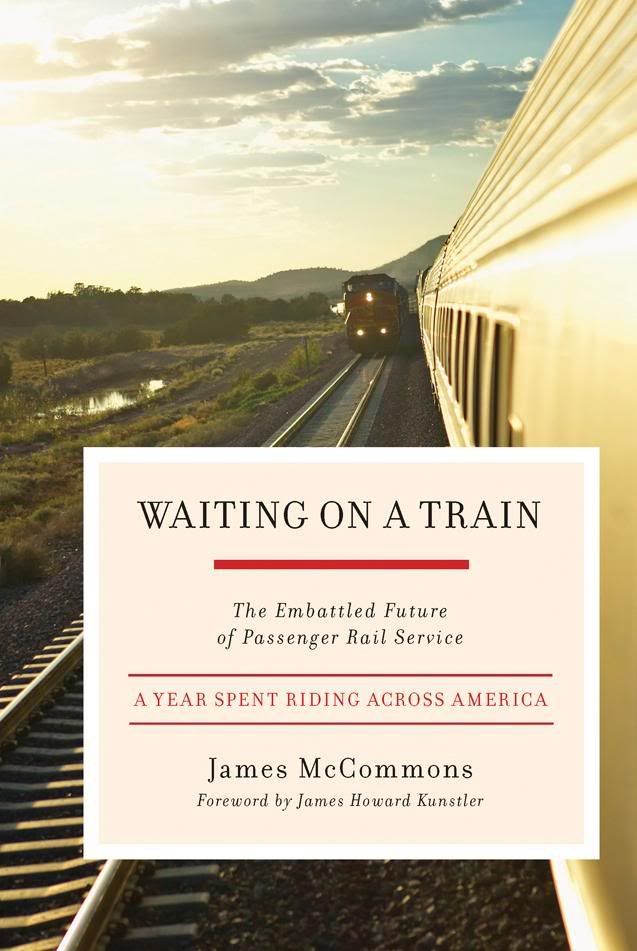Burning the Midnight Oil for Living Energy Independence
 I’ve been reading James McCommon’s Waiting on a Train. And in cowed deference to the FCC, I will put the disclaimer up front that, yes!, I was more likely to read it and talk about it because Chelsea Green gave me a free review copy – since I would otherwise have had to wait until both it and I was in the library at the same time …
I’ve been reading James McCommon’s Waiting on a Train. And in cowed deference to the FCC, I will put the disclaimer up front that, yes!, I was more likely to read it and talk about it because Chelsea Green gave me a free review copy – since I would otherwise have had to wait until both it and I was in the library at the same time …
… {of course, making me more likely to read it and talk about it is a gamble, since I’m not going to change my view of it because its a free copy – so if you have any publisher friends, warn them that if they reckon a book is a piece of garbage, they’d be better advised not to send a review copy}
The Chapter that is inspiring today’s Sunday Train is “Amtrak Cascades: it’s all about frequency”.
“Uznanski” is Ken Uznanski, former passenger rail chief of the Washington DoT:
“Once those intermodal trains can go through Stampede Pass, it will take some traffic off the main line and free up more room for additional passenger trains,” said Uznanski.
By bringing the number of trains up to eight a day between Vancouver and Portland, ridership and ticket revenue will increase significantly. Currently ticket sales – what is known as farebox – cover 43% of the Amtrak Cascades’ operating expenses; the state subsidizes the remainder. Run eight trains daily, however, the farebox recovery goes up to 70%.

 I’ve been reading James McCommon’s
I’ve been reading James McCommon’s 